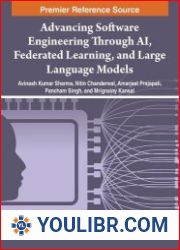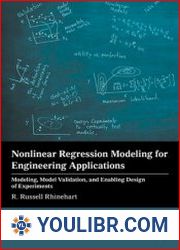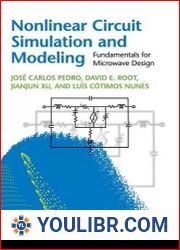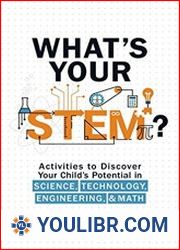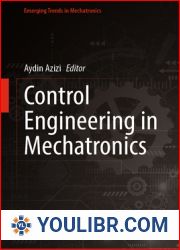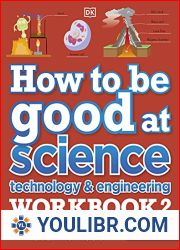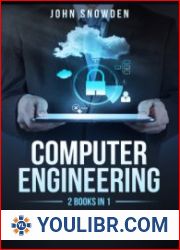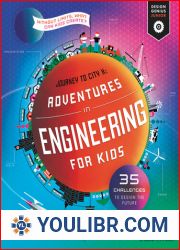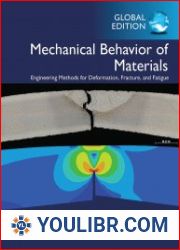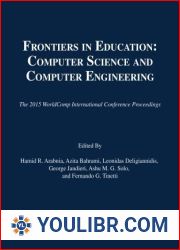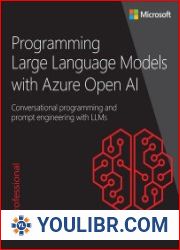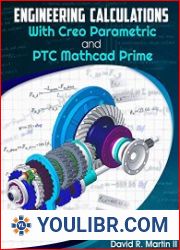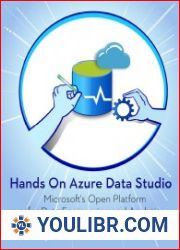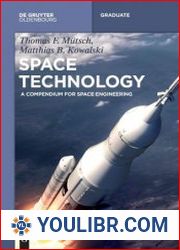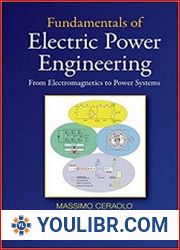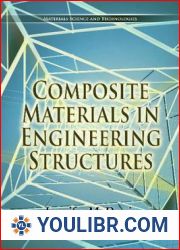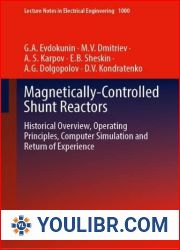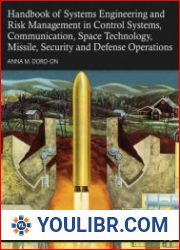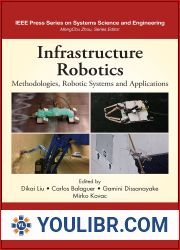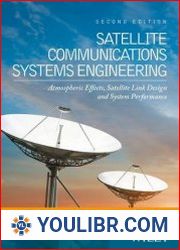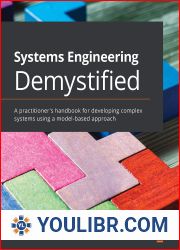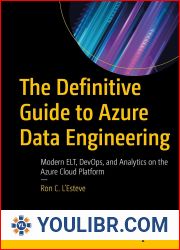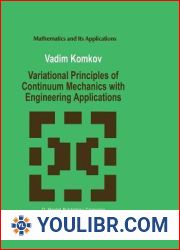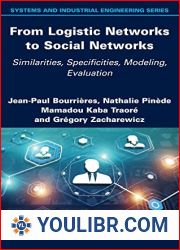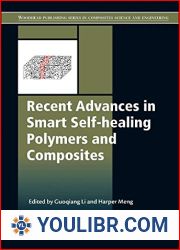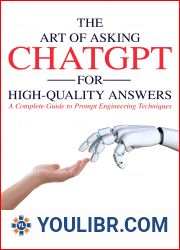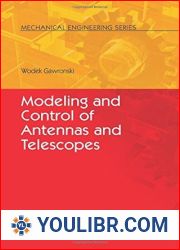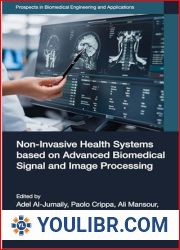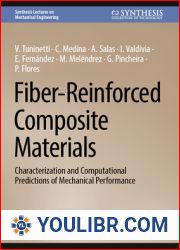
BOOKS - Advancing Software Engineering Through AI, Federated Learning, and Large Lang...

Advancing Software Engineering Through AI, Federated Learning, and Large Language Models
Author: Avinash Kumar Sharma, Nitin Chanderwal, Amarjeet Prajapati, Pancham Singh
Year: 2024
Format: PDF | EPUB
File size: 29.2 MB
Language: ENG

Year: 2024
Format: PDF | EPUB
File size: 29.2 MB
Language: ENG

Advancing Software Engineering Through AI Federated Learning and Large Language Models In today's rapidly evolving technology landscape, the field of software engineering is facing unprecedented challenges in terms of complexity, scale, and the need for efficiency, reliability, and scalability. The traditional methods of development, testing, and maintenance are often insufficient to keep pace with these demands, leading to delays and increased costs. To address these challenges, Advancing Software Engineering Through AI Federated Learning and Large Language Models offers a compelling solution by exploring the intersection of Artificial Intelligence (AI), Machine Learning (ML), Federated Learning, and Large Language Models (LLM) with software engineering. This book provides a comprehensive overview of how these technologies can be applied to software engineering, presenting real-world case studies, practical examples, and implementation guidelines that readers can readily apply in their own software engineering projects. The Need for Innovative Approaches Software engineering has become increasingly complex as software systems continue to grow in size and scope, making it essential to adopt innovative approaches to meet these growing demands. Traditional methods of software development, testing, and maintenance are often time-consuming and error-prone, leading to delays and increased costs.
Совершенствование разработки программного обеспечения с помощью искусственного интеллекта Федеративное обучение и большие языковые модели В современном быстро развивающемся технологическом ландшафте область разработки программного обеспечения сталкивается с беспрецедентными проблемами с точки зрения сложности, масштаба и необходимости эффективности, надежности и масштабируемости. Традиционные методы разработки, тестирования и обслуживания часто недостаточны, чтобы идти в ногу с этими требованиями, что приводит к задержкам и увеличению затрат. Чтобы решить эти проблемы, решение «Развитие программной инженерии через AI Federated arning and Large Language Models» предлагает убедительное решение, исследуя пересечение искусственного интеллекта (AI), машинного обучения (ML), федеративного обучения и больших языковых моделей (LLM) с программной инженерией. В этой книге представлен всесторонний обзор применения этих технологий в разработке программного обеспечения, представлены реальные примеры, практические примеры и рекомендации по внедрению, которые читатели могут легко применить в своих собственных проектах по разработке программного обеспечения. Потребность в инновационных подходах Разработка программного обеспечения становится все более сложной по мере того, как программные системы продолжают увеличиваться в размерах и объеме, что делает необходимым принятие инновационных подходов для удовлетворения этих растущих потребностей. Традиционные методы разработки, тестирования и обслуживания программного обеспечения часто требуют много времени и подвержены ошибкам, что приводит к задержкам и увеличению затрат.
Améliorer le développement de logiciels grâce à l'intelligence artificielle L'apprentissage fédéral et les grands modèles linguistiques Dans le paysage technologique en évolution rapide d'aujourd'hui, le domaine du développement de logiciels est confronté à des défis sans précédent en termes de complexité, d'échelle et de nécessité d'efficacité, de fiabilité et d'évolutivité. s méthodes traditionnelles de développement, de test et de maintenance sont souvent insuffisantes pour répondre à ces exigences, ce qui entraîne des retards et une augmentation des coûts. Pour résoudre ces problèmes, la solution « Development Software Engineering via AI Federated Arning and Large Language Models » offre une solution convaincante en explorant l'intersection de l'intelligence artificielle (AI), de l'apprentissage automatique (ML), de l'apprentissage fédéral et des grands modèles linguistiques (LLM) avec l'ingénierie logicielle. Ce livre donne un aperçu complet de l'application de ces technologies au développement de logiciels, présente des exemples concrets, des exemples pratiques et des recommandations de mise en œuvre que les lecteurs peuvent facilement appliquer dans leurs propres projets de développement de logiciels. Besoin d'approches innovantes développement de logiciels devient de plus en plus complexe à mesure que les systèmes logiciels continuent d'augmenter en taille et en volume, ce qui rend nécessaire l'adoption d'approches innovantes pour répondre à ces besoins croissants. s méthodes traditionnelles de développement, de test et de maintenance des logiciels prennent souvent beaucoup de temps et sont sujettes à des erreurs, ce qui entraîne des retards et une augmentation des coûts.
Mejora del desarrollo de software con inteligencia artificial Aprendizaje federado y grandes modelos de lenguaje En el panorama tecnológico en rápida evolución de hoy, el campo del desarrollo de software enfrenta desafíos sin precedentes en términos de complejidad, escala y necesidad de eficiencia, confiabilidad y escalabilidad. métodos tradicionales de desarrollo, prueba y mantenimiento a menudo no son suficientes para mantenerse al día con estos requerimientos, lo que resulta en retrasos y mayores costos. Para resolver estos problemas, la solución «Desarrollo de la ingeniería de software a través de AI Federated Arning and Large Language Models» ofrece una solución convincente, explorando la intersección de inteligencia artificial (AI), aprendizaje automático (ML), aprendizaje federado y grandes modelos de lenguaje (LLM) con software por la ingeniería. Este libro ofrece una visión general completa de la aplicación de estas tecnologías en el desarrollo de software, presenta ejemplos reales, ejemplos prácticos y recomendaciones de implementación que los lectores pueden aplicar fácilmente en sus propios proyectos de desarrollo de software. Necesidad de enfoques innovadores desarrollo de software es cada vez más complejo a medida que los sistemas de software siguen aumentando en tamaño y volumen, lo que hace necesario adoptar enfoques innovadores para satisfacer estas crecientes necesidades. métodos tradicionales de desarrollo, prueba y mantenimiento de software a menudo requieren mucho tiempo y son propensos a errores, lo que resulta en retrasos y mayores costos.
Softwareentwicklung mit künstlicher Intelligenz verbessern Föderales rnen und große Sprachmodelle In der heutigen schnelllebigen Technologielandschaft steht der Bereich Softwareentwicklung vor nie dagewesenen Herausforderungen hinsichtlich Komplexität, Umfang und Notwendigkeit von Effizienz, Zuverlässigkeit und Skalierbarkeit. Herkömmliche Entwicklungs-, Test- und Wartungsmethoden reichen oft nicht aus, um mit diesen Anforderungen Schritt zu halten, was zu Verzögerungen und höheren Kosten führt. Um diese Probleme zu lösen, bietet die Lösung „Software Engineering Development through AI Federated arning and Large Language Models“ eine überzeugende Lösung, indem sie die Schnittmenge von künstlicher Intelligenz (KI), maschinellem rnen (ML), föderalem rnen und großen Sprachmodellen (LLM) mit Software Engineering untersucht. Dieses Buch bietet einen umfassenden Überblick über die Anwendung dieser Technologien in der Softwareentwicklung und stellt reale Beispiele, praktische Beispiele und Umsetzungsempfehlungen vor, die die ser leicht in ihren eigenen Softwareentwicklungsprojekten anwenden können. Der Bedarf an innovativen Ansätzen Die Softwareentwicklung wird immer komplexer, da Softwaresysteme immer größer und umfangreicher werden, weshalb innovative Ansätze erforderlich sind, um diesen wachsenden Anforderungen gerecht zu werden. Herkömmliche Methoden der Softwareentwicklung, -prüfung und -wartung sind oft zeitaufwändig und fehleranfällig, was zu Verzögerungen und erhöhten Kosten führt.
''
Yapay Zeka Federe Öğrenme ve Büyük Dil Modelleri ile Yazılım Geliştirmenin Geliştirilmesi Günümüzün hızla gelişen teknoloji ortamında, yazılım geliştirme alanı karmaşıklık, ölçek ve verimlilik, güvenilirlik ve ölçeklenebilirlik ihtiyacı açısından benzeri görülmemiş zorluklarla karşı karşıyadır. Geleneksel geliştirme, test ve bakım yöntemleri genellikle bu gereksinimlere ayak uydurmak için yetersizdir, bu da gecikmelere ve maliyetlerin artmasına neden olur. Bu sorunları ele almak için, "AI Federe arning ve Büyük Dil Modelleri Aracılığıyla Yazılım Mühendisliğini Geliştirme" çözümü, yapay zeka (AI), makine öğrenimi (ML), federe öğrenme ve büyük dil modellerinin (LLM) yazılım mühendisliği ile kesişimini keşfederek zorlayıcı bir çözüm sunar. Bu kitap, bu teknolojilerin yazılım geliştirmedeki uygulamalarına kapsamlı bir genel bakış sunmakta, okuyucuların kendi yazılım geliştirme projelerine kolayca uygulayabilecekleri gerçek dünya örnekleri, vaka çalışmaları ve uygulama önerileri sunmaktadır. Yazılım geliştirme, yazılım sistemleri boyut ve kapsam olarak büyümeye devam ettikçe daha karmaşık hale geliyor ve bu artan ihtiyaçları karşılamak için yenilikçi yaklaşımların benimsenmesini gerekli kılıyor. Geleneksel yazılım geliştirme, test etme ve bakım yöntemleri genellikle zaman alıcı ve hataya açıktır, bu da gecikmelere ve maliyetlerin artmasına neden olur.
تحسين تطوير البرمجيات باستخدام التعلم الموحد للذكاء الاصطناعي ونماذج اللغات الكبيرة في المشهد التكنولوجي سريع التطور اليوم، يواجه مجال تطوير البرمجيات تحديات غير مسبوقة من حيث التعقيد والنطاق والحاجة إلى الكفاءة والموثوقية وقابلية التوسع. وكثيرا ما تكون أساليب التطوير والاختبار والصيانة التقليدية غير كافية لمواكبة هذه المتطلبات، مما يؤدي إلى حدوث تأخيرات وزيادة في التكاليف. لمعالجة هذه المشكلات، يقدم الحل «تطوير هندسة البرمجيات من خلال التعلم الموحد للذكاء الاصطناعي ونماذج اللغة الكبيرة» حلاً مقنعًا من خلال استكشاف تقاطع الذكاء الاصطناعي (AI) والتعلم الآلي (ML) والتعلم الفيدرالي ونماذج اللغة الكبيرة (LLM) مع هندسة البرمجيات. يقدم هذا الكتاب لمحة عامة شاملة عن تطبيق هذه التقنيات في تطوير البرمجيات، ويقدم أمثلة واقعية ودراسات حالة وتوصيات تنفيذية يمكن للقراء تطبيقها بسهولة على مشاريع تطوير البرمجيات الخاصة بهم. أصبح تطوير البرمجيات أكثر تعقيدا مع استمرار نمو نظم البرمجيات من حيث الحجم والنطاق، مما يجعل من الضروري اعتماد نهج مبتكرة لتلبية هذه الاحتياجات المتزايدة. غالبًا ما تستغرق طرق تطوير البرمجيات التقليدية واختبارها وصيانتها وقتًا طويلاً وتعرض للخطأ، مما يؤدي إلى تأخير وزيادة التكاليف.







